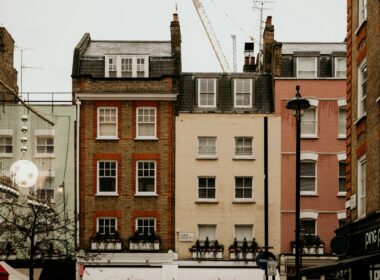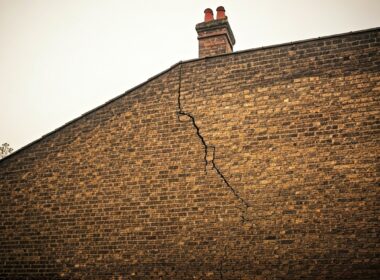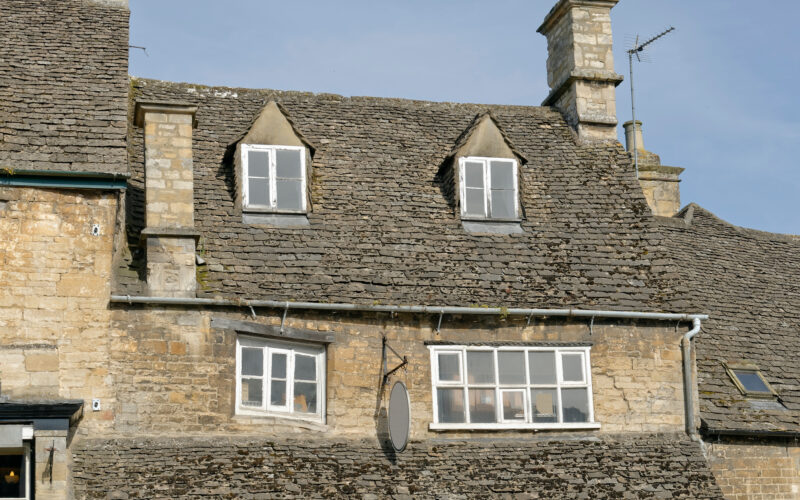Subsidence, a property owner’s nightmare, occurs when the ground beneath a home begins to shift, causing the foundation to crack or collapse. Often starting with minor cracks, it can escalate into significant structural issues, leaving homes tilting or sinking.
Now, experts are warning that the risk of subsidence is increasing due to climate change. A new report from the British Geological Survey (BGS) highlights four UK regions most vulnerable to this destructive phenomenon: London, Essex, Kent, and parts of Oxford.
Why subsidence is on the rise
The BGS attributes the heightened risk to hotter and drier summers caused by global warming. These conditions lead to the shrinkage and cracking of clay-based soils, which form the foundations for many properties in the south-east of England.
“Dry weather and high temperatures are going to be a major factor in the emergence of future shrink-swell subsidence,” explains David O’Connor, a subsidence engineer at Home Subsidence Repairs.
In areas with young clay formations—such as London and surrounding counties—the soil is particularly vulnerable to absorbing and losing moisture. This results in structural instability, requiring costly repairs.
The scale of the problem
Subsidence can result in more than just expensive building work. For homeowners, it often means higher insurance premiums, unsellable properties, and significant financial strain.
The BGS predicts a sharp rise in the number of homes affected by subsidence:
- A 33% increase in cases between 2020 and 2030.
- A tripling of cases by 2050.
London is expected to be the worst hit, with nearly half of the capital’s homes at risk by 2030, rising to 57% by 2070. Boroughs such as Camden, Islington, Brent, and Barnet are among the most vulnerable areas.
Oxford also faces significant challenges, with its clay formations making the region particularly susceptible to climate-driven subsidence.
What you should do if you live in these areas
For those living in at-risk areas, taking preventative measures is key. Lee Jones advises:
- Specialist consultation: Seek professional advice before embarking on major construction projects to ensure soil conditions are stable.
- Landscaping caution: Be mindful of planting or removing trees near properties, as their roots can alter soil moisture levels.
- Surface management: Avoid impermeable driveways and paths that prevent proper soil hydration.
Anna Harrison, a BGS geologist, emphasises that future housing developments must consider these risks. “The projections could be used to determine safe areas to build new homes,” she says.
With the impact of climate change becoming increasingly evident, subsidence presents a growing challenge for millions of UK homeowners.
“The south-east gets a double whammy,” Harrison explains. “They’ve got susceptible geology, and much drier, warmer summers are projected there.”
As the number of affected homes rises, property owners and policymakers alike will need to address the dual challenges of adapting to changing conditions and mitigating future risks.




